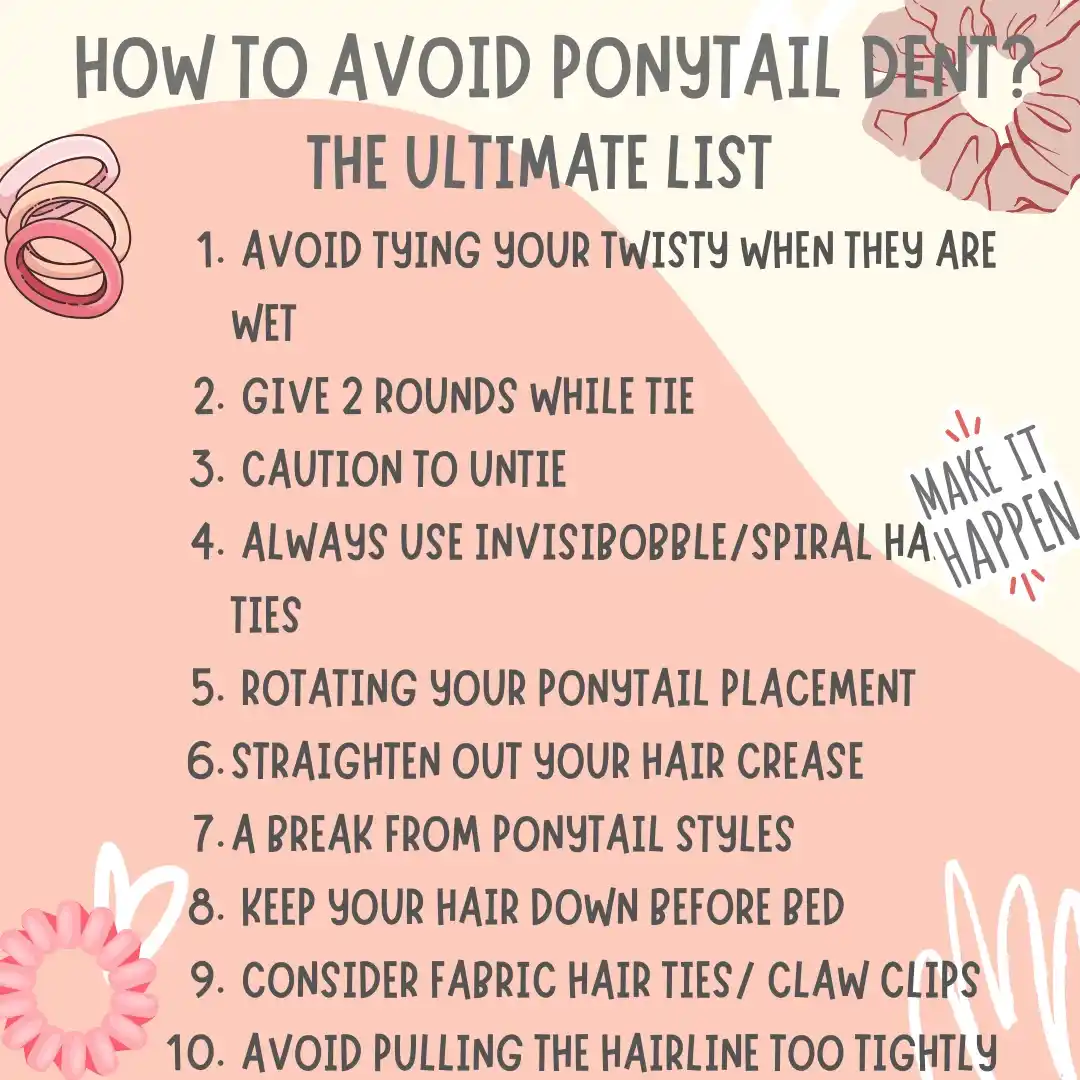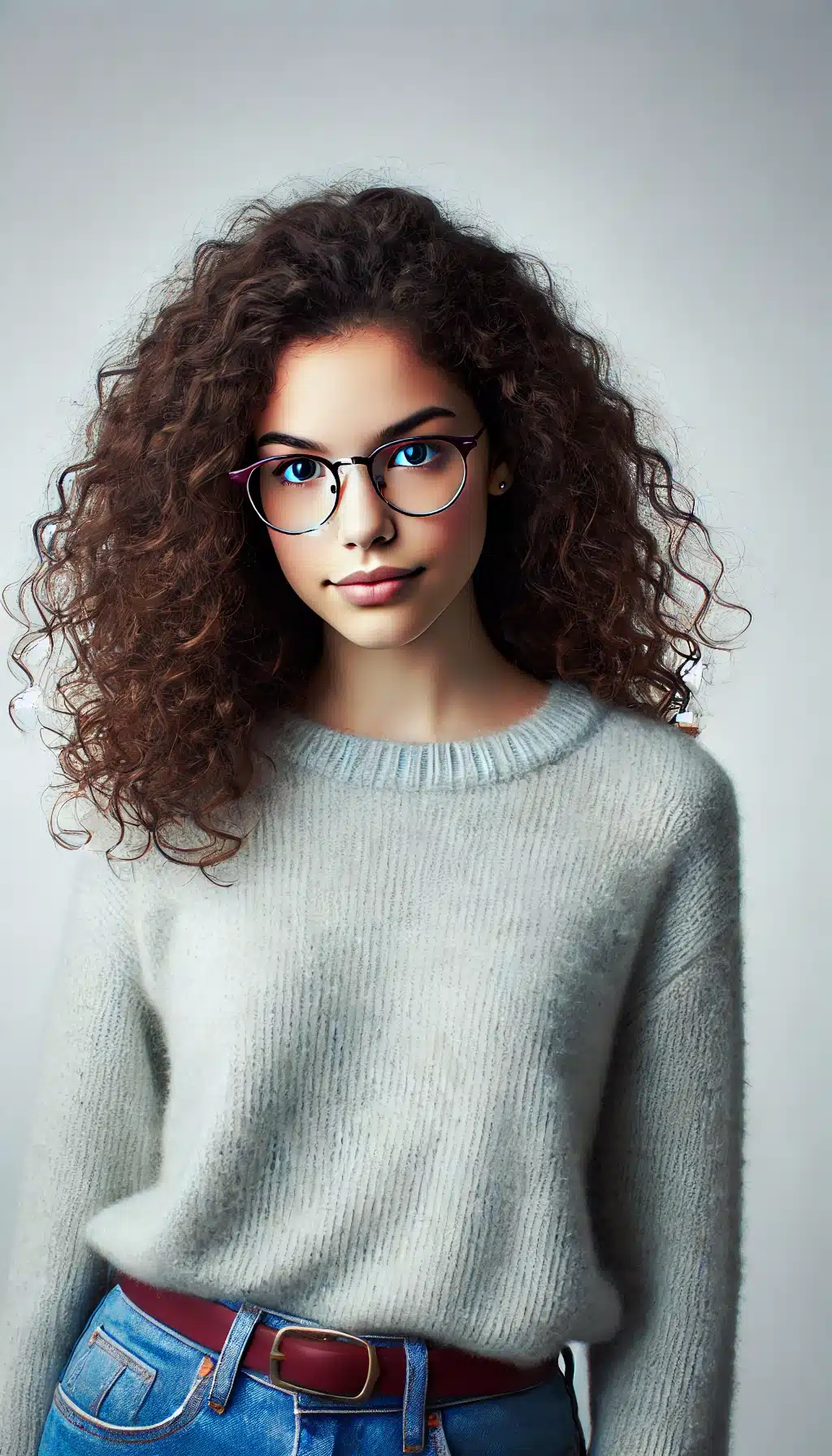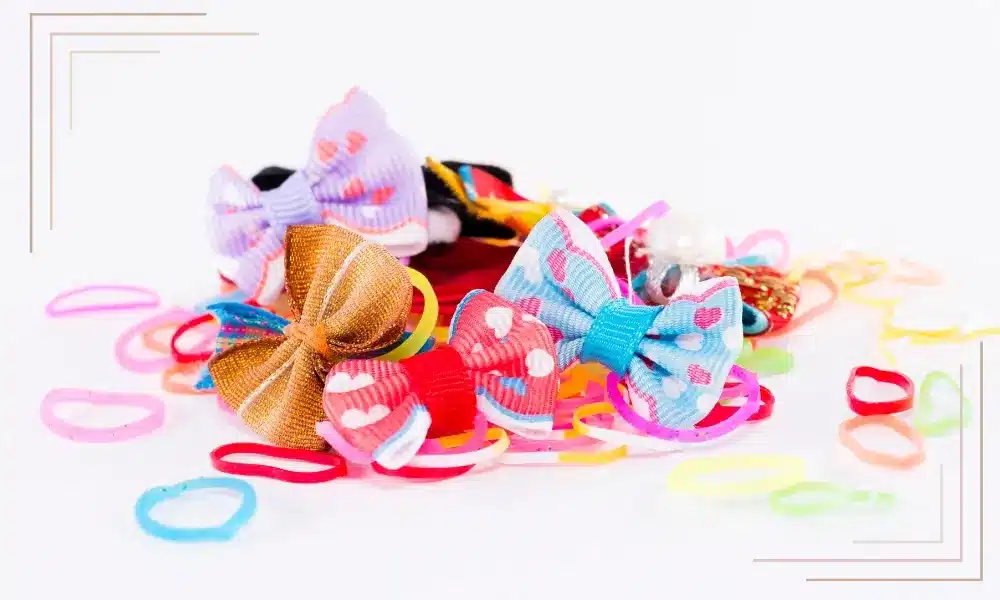Last updated on April 17th, 2025 at 04:16 am
We all love the versatile, chic, and sassy ponytails that make summer outings to the bar or a workout at the gym so effortless. They’re a fantastic way to keep hair off our faces and necks.
However, while it might be tempting to sport this favorite hairdo daily, doing so regularly in a high and tight fashion can do more harm than good. Stylists often warn against the damage—ranging from mild breakage to extreme cases of permanent hair loss—that these hairstyles can cause.
Wearing your hair in a tight updo all the time isn’t always the best idea. It’s simple and quick, sure, but it might not be helping your hair stay healthy. Ponytail holders, especially when used every day, can damage your hair.
Luckily, there are steps you can take to prevent this. It is good to know that:
Following some tips and tricks recommended by stylists, you can ensure that your ponytails are stylish and safe for your hair. Learning how to put up your hair without risking harm is important, so let’s explore how to keep your ponytails healthy and helping rather than damaging.
Why Ponytail Holder Cause Hair Damage?
Ponytail holders can cause hair damage for several reasons:
Tension
When you wear a ponytail, the holder puts constant tension on the hair at the point where it’s tied. This tension can pull on the hair roots and strain the hair follicles, especially if the ponytail is very tight or worn in the same position repeatedly.
Traction
Regularly wearing tight hairstyles like ponytails can lead to traction alopecia, a form of hair loss caused by pulling on the hair. This can be exacerbated by ponytail holders that are particularly tight or if you frequently wear your hair in a high ponytail.
Breakage
Ponytail holders can also physically break the hair. Rubber bands or holders with metal parts can catch and tear hair strands, while even softer bands can cause wear and tear on the hair shafts, leading to breakage, especially if the hair is pulled too tightly or twisted excessively when being tied.
Friction
The friction from a ponytail holder rubbing against the hair can roughen the hair’s cuticle, leading to frizz and damage. This is particularly a problem with elastic bands that do not have a fabric coating.
How To Minimize Hair Breakage Risk From Ponytail Holders?

NEVER TIE YOUR HAIR UP WHEN IT’S WET
Hair is at its weakest when wet, making it susceptible to damage like snags, dents, and breakage in the center. When damp, hair becomes more porous and fragile especially curly hair, so tying it up in a tight ponytail or updo can lead to severe hair loss and irreparable damage. Always ensure your hair is dried completely before styling it, preferably letting it air dry to avoid these risks.
GIVE 2 ROUNDS WHILE TIE
When you’re ready to put your hair tie, start by combing your hair back in one direction. Grab the ponytail, hold it firmly, and go from the top while taking the hair tie over. Remember to tie it only twice—this keeps it secure without causing a deep dent. Trust me, this method saves your hair from unnecessary stress and minimizes the risk of ponytail crease.
CAUTION TO UNTIE
Tugging at your hair tie might seem like the quickest way to let hair down, but it can cause damage or even snapping. Instead, take time to unravel the tie gently, ensuring your hair stays healthy and free from breakage. Trust me, rushing this step isn’t worth the risk!
ROTATING YOUR PONYTAIL PLACEMENT
Switching up where you tie your ponytail can help prevent dents and reduce stress on your hair. Instead of securing it in the same spot every day, try alternating between high, low, and mid-level ponytails. This simple trick minimizes pressure on specific areas, keeping your hair smooth and damage-free.
CONSIDER THE QUALITY OF THE MATERIAL YOU USE
The choice of materials for your hair ties makes a big difference in preventing hair breakage. Not all hair ties are created equal; thus, choosing the right material is an important consideration.
Fabric hair ties, Scrunchies, spiral hair ties, and certain hair elastics that do not have metal components can lessen the stress and snagging on your hair. These hair accessories are essential to keep your hair healthy, especially if you continue wearing ponytails frequently.
USE A SERUM ON YOUR HAIR BEFORE TYING UP
To protect your hair from pulling and snagging when using a ponytail holder, apply a hydrating serum. This step helps the tie to glide over the hair smoothly, adding a healthy sheen and preventing breakage.
Serums reinforce the hair’s strength and reduce the risk of incurring unwanted damage. Next time you’re at the salon, speak to a stylist who can recommend the right serum for your hair type.
STRAIGHTEN OUT YOUR HAIR CREASE
If you have thick hair and other tricks haven’t worked, the smartest move is to grab a straightener. Sometimes, you simply don’t have the time to struggle with trying to fix that dent. Straightening the strands is a quick way to get your hair looking great and going about your day. In my experience, this method not only smooths out the dent but also gives your hair a fresh and sleek look.
DON’T STYLE KNOTTED HAIR
Attempting to style knotted hair into a ponytail or bun is one of the worst things you can do. It often leads to a rat’s nest, making it difficult to untangle later. Always ensure your hair is dry and gently smoothed out with your fingers before styling. This simple precaution helps avoid unnecessary damage and keeps your hair manageable.
GIVE YOUR HAIR A BREAK FROM DIFFERENT STYLES
High ponytails are often pulled tightly and can be one of the worst offenders for causing hair breakage and stress. To avoid this, try switching up your hairstyle regularly. Incorporate down days where you leave your hair loose or opt for low, loose styles or half-up styles.
This strategy helps minimize strain on your locks, changing the base of stress from being in the same area every day, which can keep your hair healthy.
WEAR YOUR HAIR DOWN WHEN SLEEPING
Stylists recommend giving your scalp a recovery time by leaving your hair loose while you sleep. It may be tempting to tie it up to preserve a salon blowout, but this can damage your hair as it rubs against the pillow.
To avoid stress and breakage, wear your hair down. Using silk or satin pillowcases instead of cotton can help your hair glide over the fabric without pulling as you move in the night, keeping it softer and preventing it from becoming frizzy.
For added protection, consider using a hair cap, or bonnet, or wrapping your hair in a silk or satin scarf at night. This setup acts as a shield, preventing your hair from rubbing against the pillowcase and helping to protect your hair from dents.
OPT FOR FABRIC HAIR TIES OR A CLAW CLIP
One of the important tips for a healthy ponytail is to throw away old hair ties that have metal bands that can catch and snag your hair. Instead, choose hair ties made of fabric because they are soft, stretchy, and kind to your hair. Alternatively, you can use a claw clip.
These clips are designed to hold your hair in place without pulling or straining the strands. They distribute tension evenly, reducing the risk of breakage and allowing for the creation of cute hairstyles.
DON’T MAKE IT TOO TIGHT
When pulling your hair into a ponytail, be careful not to make it tight. Tight ponytails can cause significant stress at the hairline, the weakest part of your scalp, leading to breakage, bald patches, and even hair follicle damage.
Doctors often recommend avoiding this style because it can also cause headaches. The best way to prevent hair damage is to alternate how you wear your hair and avoid putting extra stress on any one part. Opt for a looser, tousled finish to keep your style undone and gentle.
TRY NOT TO RIP THE ELASTIC OUT OF YOUR HAIR
Tugging the tie or elastic out of your hair is the quickest way to cause snapping and serious damage. Instead, after a long day, be eager to take your time and gently unravel the hair tie. Loosening it one turn at a time will prevent a great deal of unnecessary hair damage. This careful approach helps avoid harming your locks and keeps your hair healthy.
Some Additional Tips
CAUTION WITH HEAT
Using hot tools on hair that’s already damaged from ponytails can worsen the situation. Always make sure to use a heat protectant before styling to lower the risk of harming your hair further. Heat protectants are designed to stop heat from penetrating the hair shaft, thus keeping your hair healthier.
BALANCE YOUR DIET
A balanced diet rich in proteins, iron, zinc, and omega-3 helps fortify hair, making it stronger and healthier. People who lack these nutrients often find their hair becomes brittle, dry, or dull. Ensuring you have no nutritional deficiencies can significantly improve the condition of your hair, especially if you wear hair ties that could potentially make it worse.
REGULAR TRIM
Regularly trimming your hair is essential advice for avoiding damage and breakage, especially when you frequently wear a ponytail. Trimming the ends helps get rid of split ends and prevents damage from working its way up the hair shaft. This practice not only makes it easier to brush but also keeps your hair looking fuller and healthier as it grows longer.
DEEP CONDITIONING
deep conditioning treatments can help fix the game in case you have damage hair. These treatments replenish your hair’s moisture and hydration levels. For the best results, opt for deep-conditioning masks made with coconut and argan oils, which are excellent for restoring health and vitality to stressed locks.
Conclusion
We hope these hair tips will help you feel at ease while tying your hair into a ponytail. If you find it difficult to maintain a healthy ponytail, you’re most likely using the wrong hair tie. Switching to the right type can prevent hair from falling out and reduce hurt.
FAQs
How to Stop Hair Breaking When Tied Up?
To significantly lessen the stress and snagging on hair when creating a bun or ponytail, opt for Scrunchies, fabric hair ties, spiral hair ties, or certain hair elastics without metal components. These alternatives stay away from harsh materials that can damage hair, ensuring you maintain healthy locks at all costs.
How to Do a Ponytail Without Damaging Your Hair?
Use the right kind of ponytail holders and avoid tying your hair when it’s wet. Opt to use serums to strengthen and protect your hair. Also, don’t put your hair up every day if you want a longer, fuller ponytail.
How Do I Protect My Hair in a Ponytail?
Never put your hair up when it’s wet, and always use fabric ponytail holders. Use a serum, and don’t wear your hair the same way every day. Get regular trims and don’t make it too tight. At night, wear your hair down while sleeping.
Do Ponytail Holders Break Hair?
Yes, hair ties and rubber bands made from elastic materials can cause hair breakage. The constant stretching and pulling weakens the hair shafts over time, especially if your hair is fragile or prone to damage.

Dive into the world of curls with Farah, a celebrated curly hair expert whose passion and expertise have transformed her into a beacon for those seeking to embrace their natural hair texture. With a vibrant career spanning over a decade, Farah has dedicated herself to the science and art of curly hair, making her an authoritative voice in this niche. Her deep understanding of curly hair’s unique needs and challenges allows her to craft personalized care routines and styles that not only enhance the natural beauty of curls but also promote hair health.

